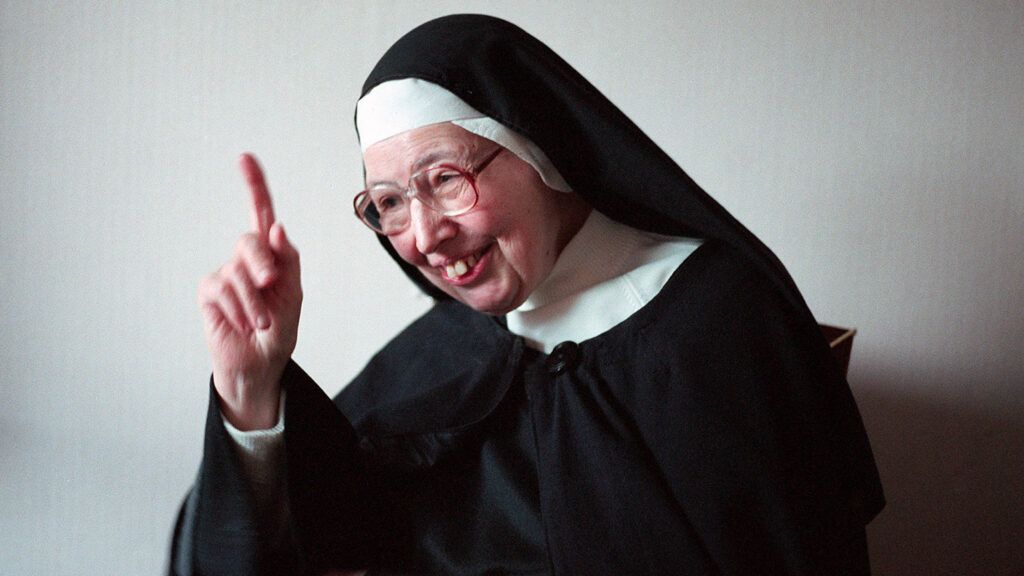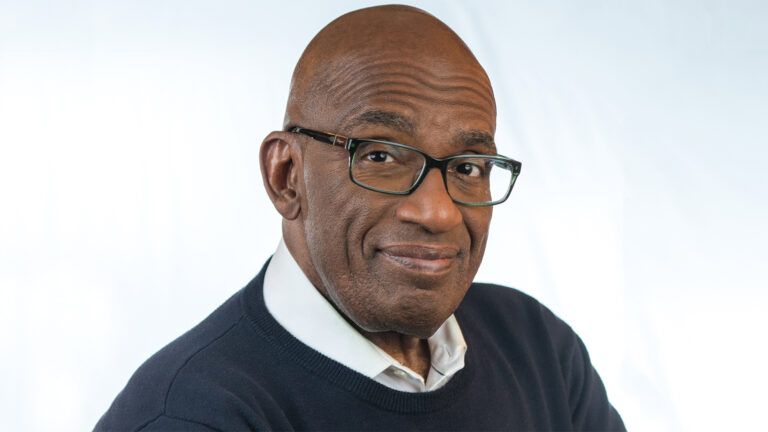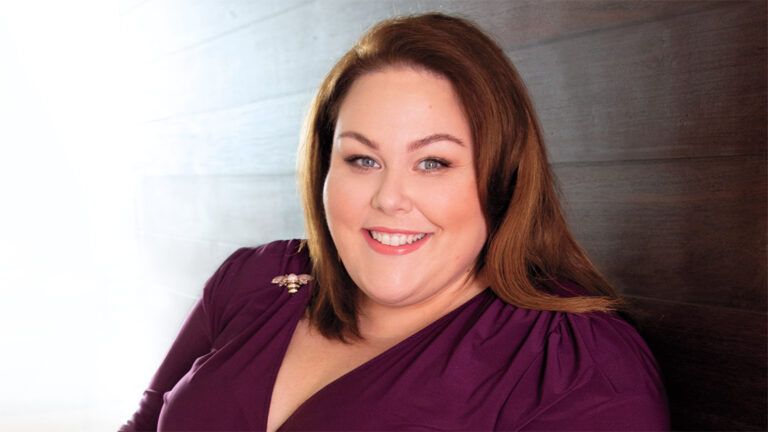Sister Wendy Beckett, a Roman Catholic nun who became a beloved, if unlikely, art critic and BBC documentary star, passed away on December 26, 2018. She was 88.
I was honored to spend a few minutes conversing with Sister Wendy in 1999, when she agreed to do a telephone interview with me. She was as charming and engaging a conversationalist as one could hope to encounter, but also a challenging one. She didn’t indulge in small talk (not with me, anyway). There were too many larger topics, bigger ideas and compelling theories to be wrestled with. But by the end of our conversation, I felt I had a new friend (though I would never again have the opportunity to speak to her). That’s how engaging—and engaged—a person she was.
Sister Wendy was born in Johannesburg, South Africa, on February 25, 1930, to Aubrey Beckett, a doctor, and his wife, Dorothy. Even as a child, she expressed the intention of devoting her life to serving God, and when she was 16, she joined the Sisters of Notre Dame de Namur. That this order is devoted to teaching seems, in retrospect, entirely appropriate—even prescient—given the direction her life would take years later.
In the 1950s, Sister Wendy studied literature at Oxford. While there, she resided at a convent with a strict code of silence, which she observed. After graduating at the top of her class, she returned to South Africa, teaching at a Cape Town convent and lecturing at Johannesburg’s University of Witwatersrand.
After suffering several grand mal seizures, Sister Wendy was diagnosed with a form of epilepsy. The Vatican gave her permission to stop teaching and devote herself to a life of solitude, and in 1970, she moved back to England, living in a trailer at the Carmelite Monastery in Quidenham.
Her life there was hermitic: Her trailer had no windows, she spoke to almost no one, her diet consisted primarily of skim milk, she prayed several hours a day, and she left her trailer only to attend Mass and to visit a library van for reading material.
She saw no movies after 1945, she visited no museums—the only paintings she experienced during this period were in books—and yet she had developed a passionate interest in art. The first of her books, published in 1988, was entitled Contemporary Women Artists.
Three years later, Sister Wendy was approached by Nicholas Rossiter, a producer for the BBC, to do on-camera work for a documentary about Britain’s National Gallery. She didn’t see the project as life-changing in any way. As she wrote in her 2006 book, Sister Wendy on Prayer, “There was no…‘Am I spoiling my hermit life?’ I really didn’t think it was anything. I thought it was just a weekend here or there.”
That program—and those that followed in the ensuing years—proved to be such a hit with viewers, however, that, in fact, Sister Wendy’s life was altered greatly. Viewers found her insights on art accessible and enlightening, and she would go on to author more than 25 books, including volumes of poetry and meditations, and star in a dozen documentaries, many of them released on DVD.
For someone who had decided to lead a hermit’s life, the sudden fame Sister Wendy experienced must have been jarring, but she told me when we spoke in 1999 that she very much appreciated hearing from people who enjoyed her programs and books.
“I get a lot of very beautiful and encouraging letters,” she said. “I’m sure there must be hundreds of people who think I’m awful, but they don’t write to me. I just get the encouraging letters.”
But there was a downside to this adulation, too, she admitted.
“This may sound very rude, but although it is encouraging [to hear from so many people], it’s a burden. Because I don’t want ever to seem ungrateful, and so there’s postage and the writing of ‘Thank you so much for your letter,’ and I’ve asked [my publisher], if they get any letters for me, please would they answer them and thank the people for writing, but say that Sister Wendy doesn’t really write letters.”
I wondered if she’d ever experienced creative impulses or artistic inclinations of her own.
“No, I’ve no gifts whatever,” she insisted. “I’m almost an astonishingly ungifted woman. I can’t cook, I can’t sew, I can’t garden, I can’t sing, and I certainly can’t paint or draw. I believe that they say everyone can draw, but I’ve never felt the slightest desire to create. I think that’s part of what I do; you know, when an artist sees another artist’s work, they often can’t but think how they would have tackled the theme, what they would have done. Whereas, because I have no creative gifts, I’m able to look at it without any idea of a way of handling the theme. It’s perhaps an advantage to me.
“My gift is to react. It’s a passive gift; it’s a much lesser gift than the creative gift, but that’s my gift and I have to make whatever use I can of it.”
Through it all and despite rubbing shoulders with dignitaries, prime ministers and popes, Sister Wendy remained true to herself and to her God. Having taken a vow of poverty, she kept none of the money she made from her various projects, instead donating all her earnings to the Carmelite order. And she attended Mass every day, no matter where in the world her extensive travels took her.
And in her later years, the Carmelite monastery where she resided, no doubt grateful for all the financial assistance she’d provided, upgraded her trailer and its trappings just a bit.
In a 2010 interview with The Times of London, Sister Wendy said, “I have an electric kettle, fridge, warming oven and night storage heater, so my life is as comfortable as it needs to be.”
I’m grateful Sister Wendy shared a bit of time with me that morning nearly 20 years ago, and that this woman, who sought only solitude and an ever-closer walk with God, so generously shared her passion and insight for art and her deep and abiding faith with the world.






